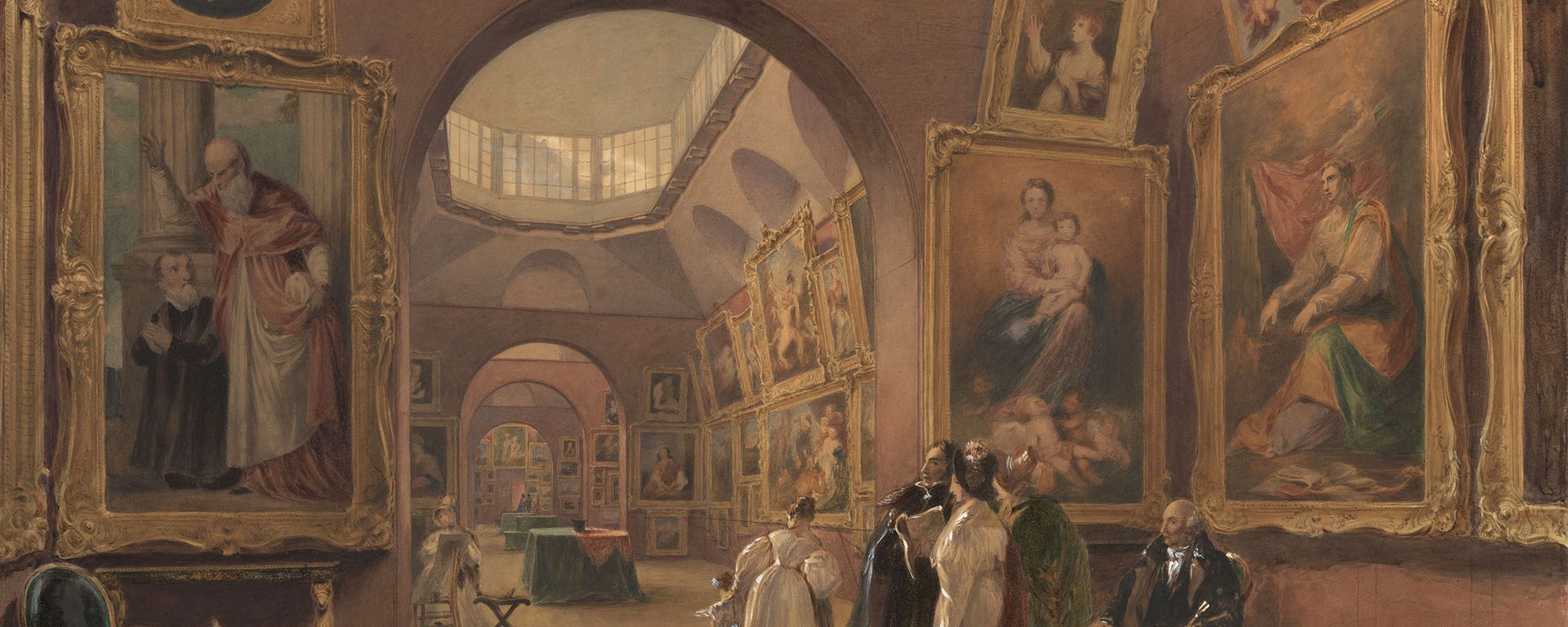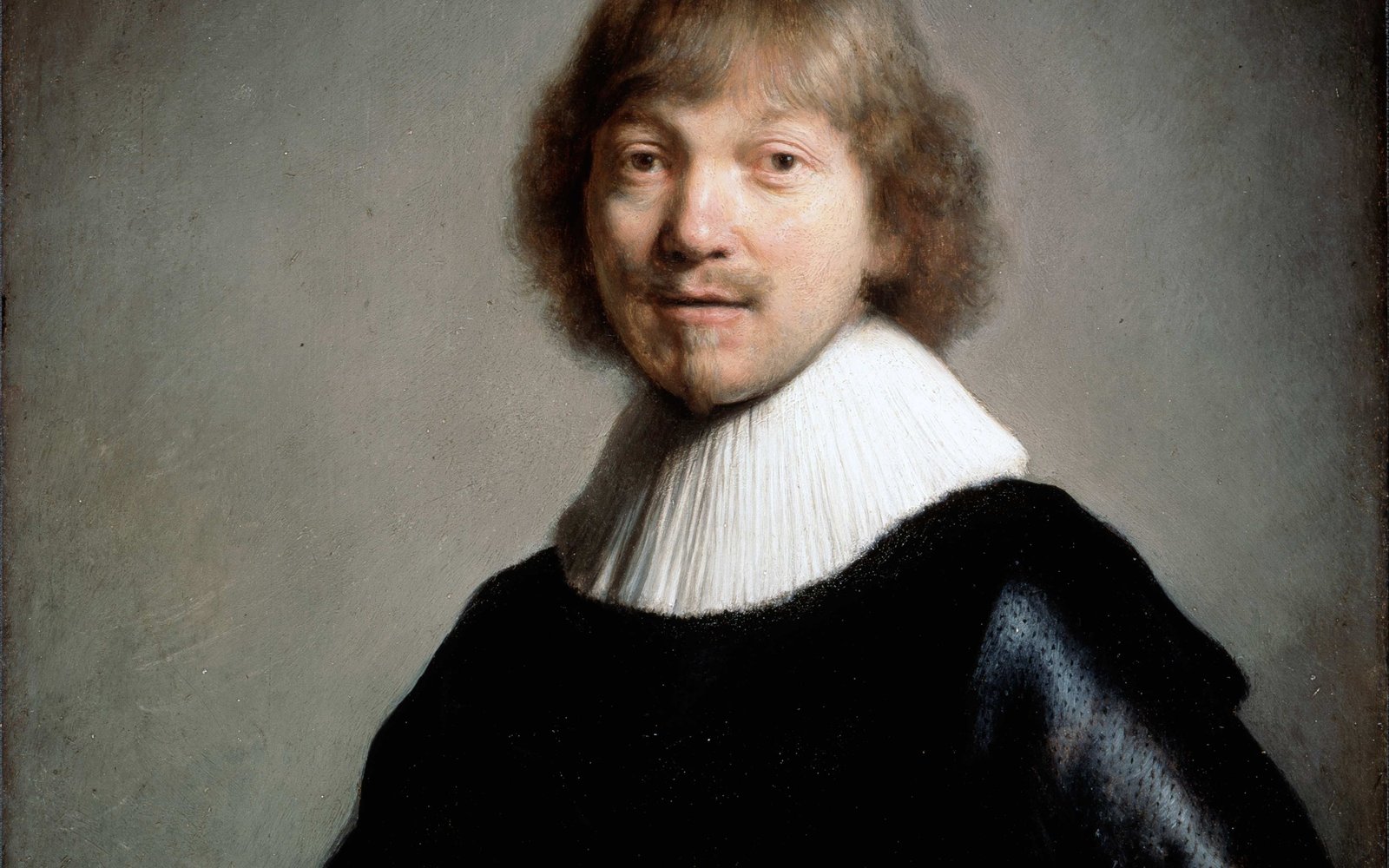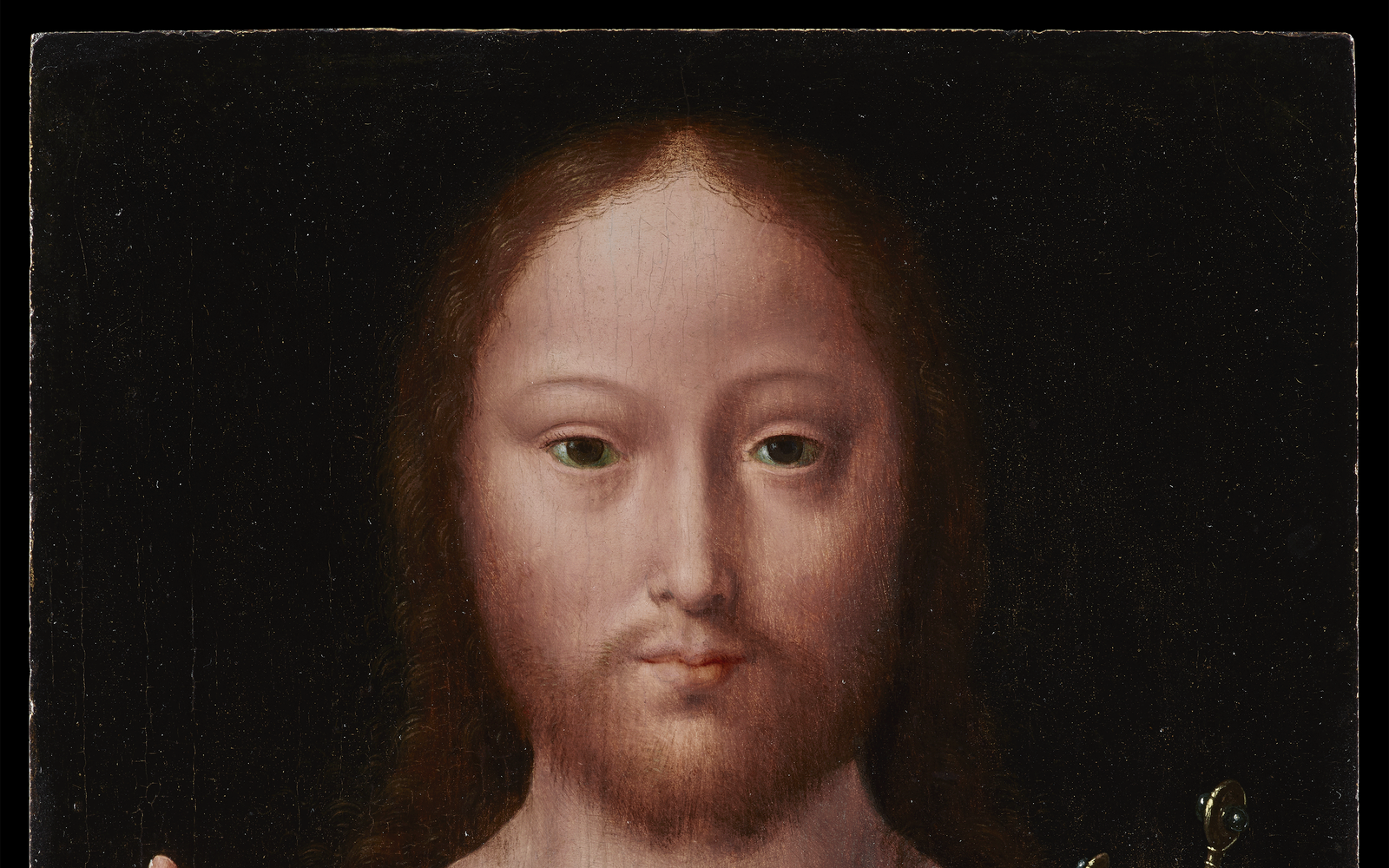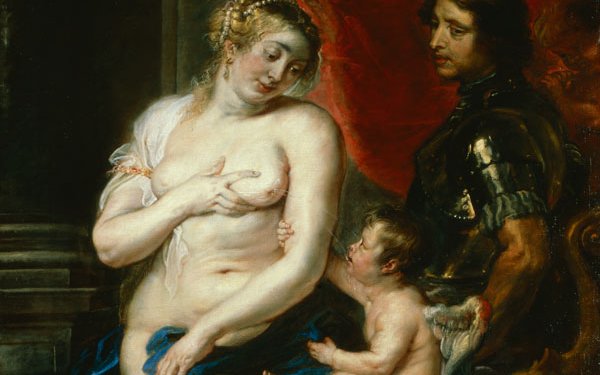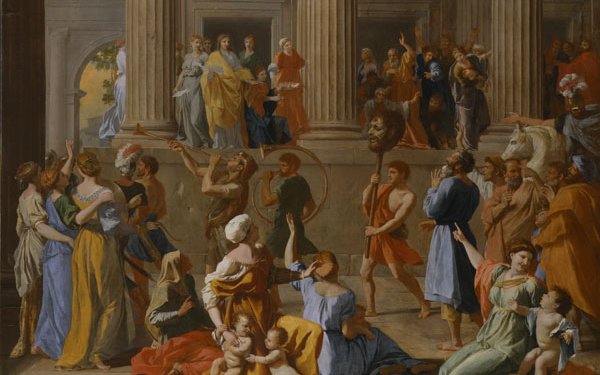Dulwich Picture Gallery sprung out of one of the most successful art dealerships in London during the late 18th century.
The partnership was between the French-born Noel Desenfans (1745-1807) and his younger Swiss friend, the painter Francis Bourgeois (1756-1811). Their art dealing careers were launched by the dowry of Desenfans' wife, Margaret Morris (1731-1813) – whose industrial family were leading figures in the Welsh copper trade.
In 1790 Desenfans and Bourgeois were commissioned by Stanislaus Augustus, King of Poland, to form a royal collection from scratch. They devoted the next five years to this task during which time Poland was gradually partitioned by its more powerful neighbours leading in 1795 to its complete disappearance as an independent state. The King was forced to abdicate before he was able to pay for the paintings, which left the two dealers with a royal collection on their hands back in London.
Selection of works from the Collection
Bourgeois and Desenfans strove to resolve their situation in two ways. In private they sold individual works from their Polish stock and replaced them with further important purchases. In public they sought a home for their ‘royal collection’ approaching, amongst others, the Tsar of Russia and the British Government. When it became clear that they would not be able to sell the collection in its entirety, they began to think about who they might gift it to. This became more pressing after Desenfans' death in 1807, which left Bourgeois as the sole owner. At that date there was no National Gallery in London, so the key candidate was the British Museum. However, Bourgeois found its trustees too ‘arbitrary’ and ‘aristocratic’. Bourgeois decided to leave his collection to Dulwich College instead, despite him having no obvious connection with the school. The College may have been a good fit because it was already home to a significant art collection of its own in addition to offering a haven for Bourgeois’ paintings beyond the damaging smog of central London.
More important than the destination was the stipulation in Bourgeois’ will that the paintings should be made available for the ‘inspection of the public’. Which is how, over 200 years ago, Dulwich Picture Gallery opened its doors and became Britain’s first purpose-built public art gallery – a sanctuary in the city, dedicated to sharing one of the greatest art collections in the world, with the world. Like most good ideas, it caught on. And happily, we’re no longer the UK’s only public art gallery. Yet we remain dedicated to our mission of unlocking art for all.
Search the Collection
Discover Bourgeois' original bequest and the many more works that have joined the Collection since.
